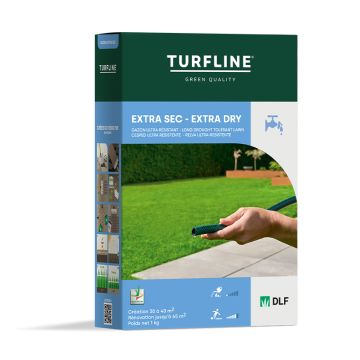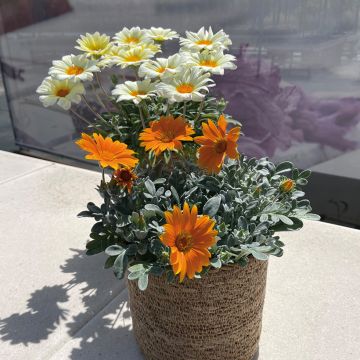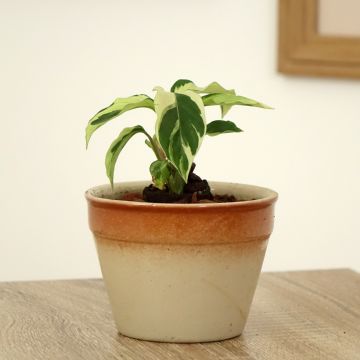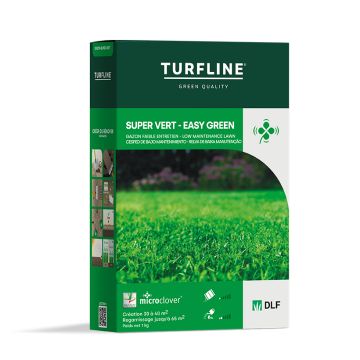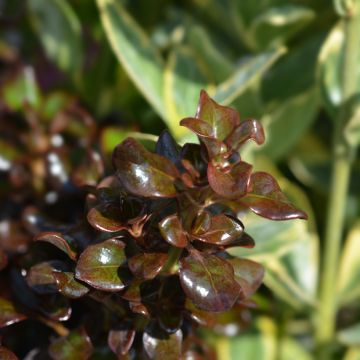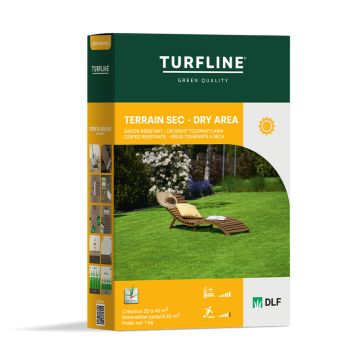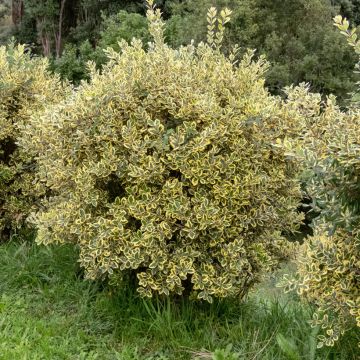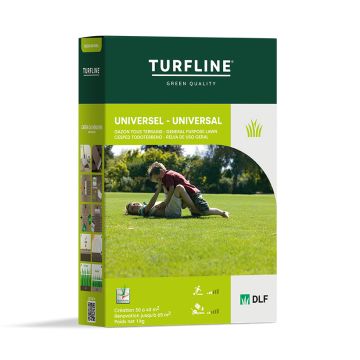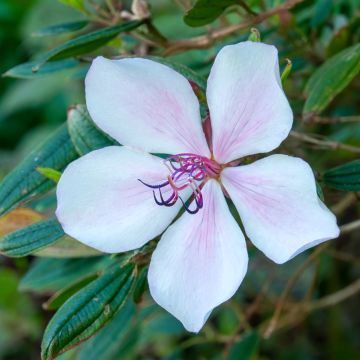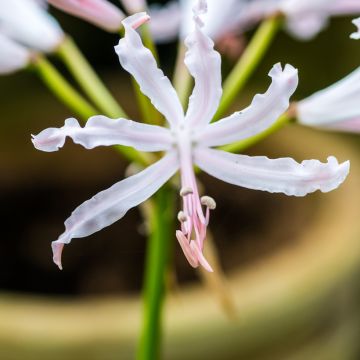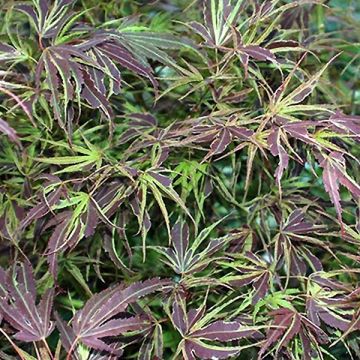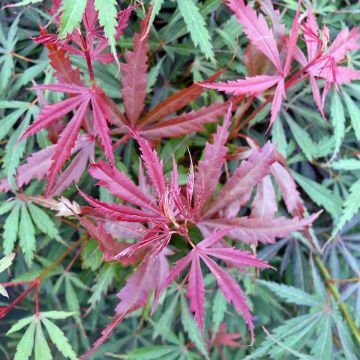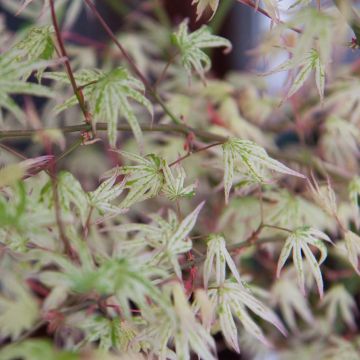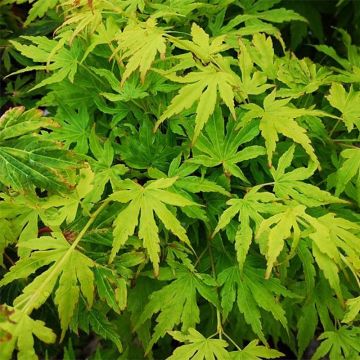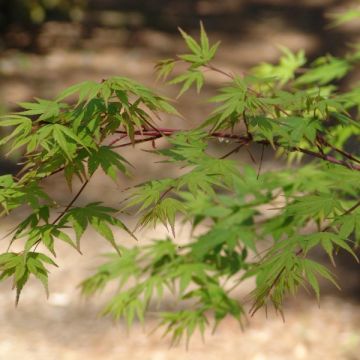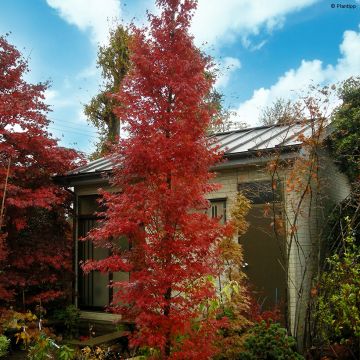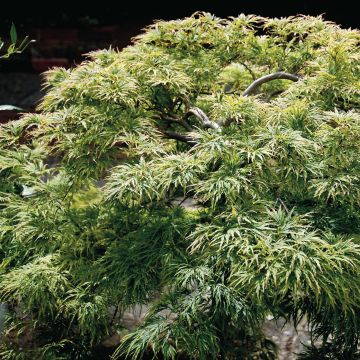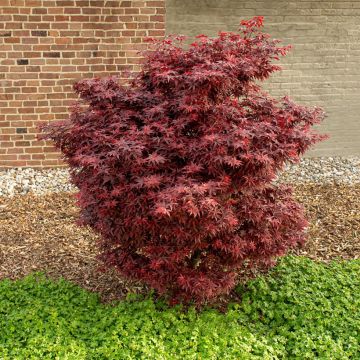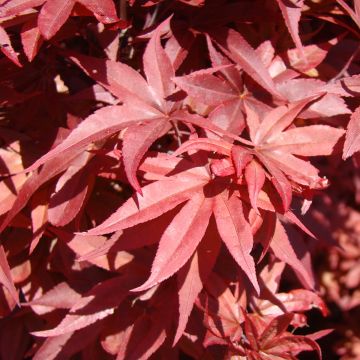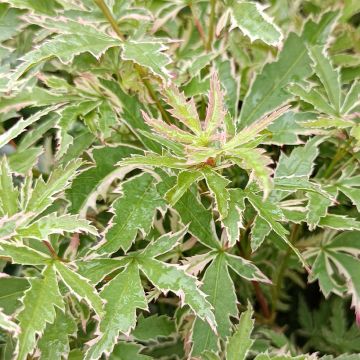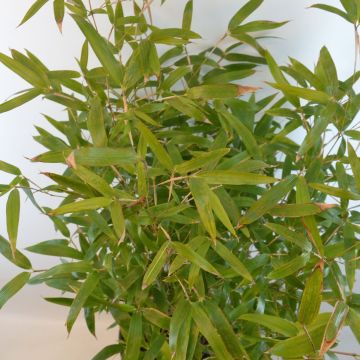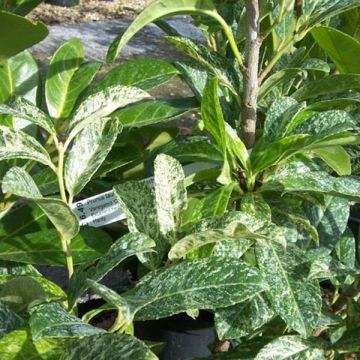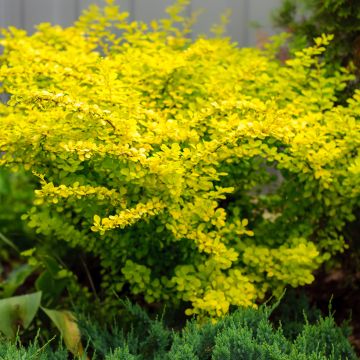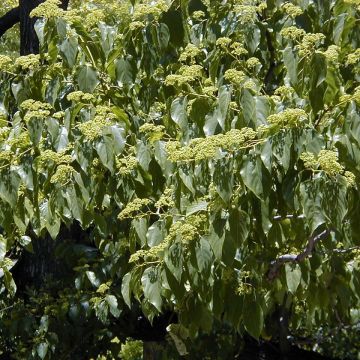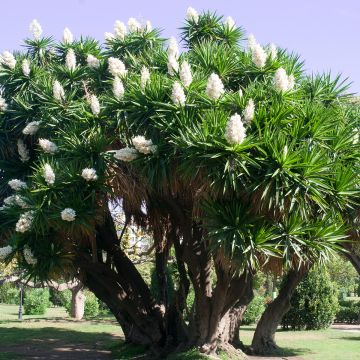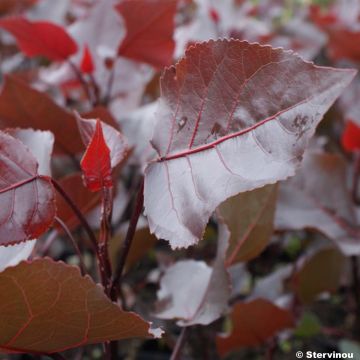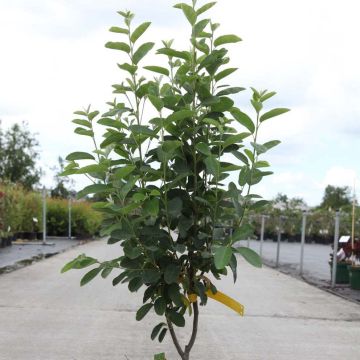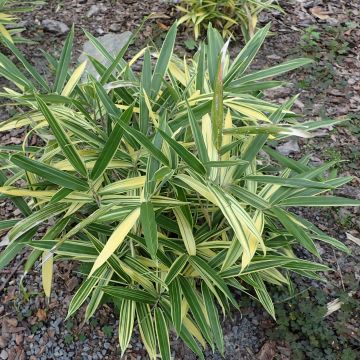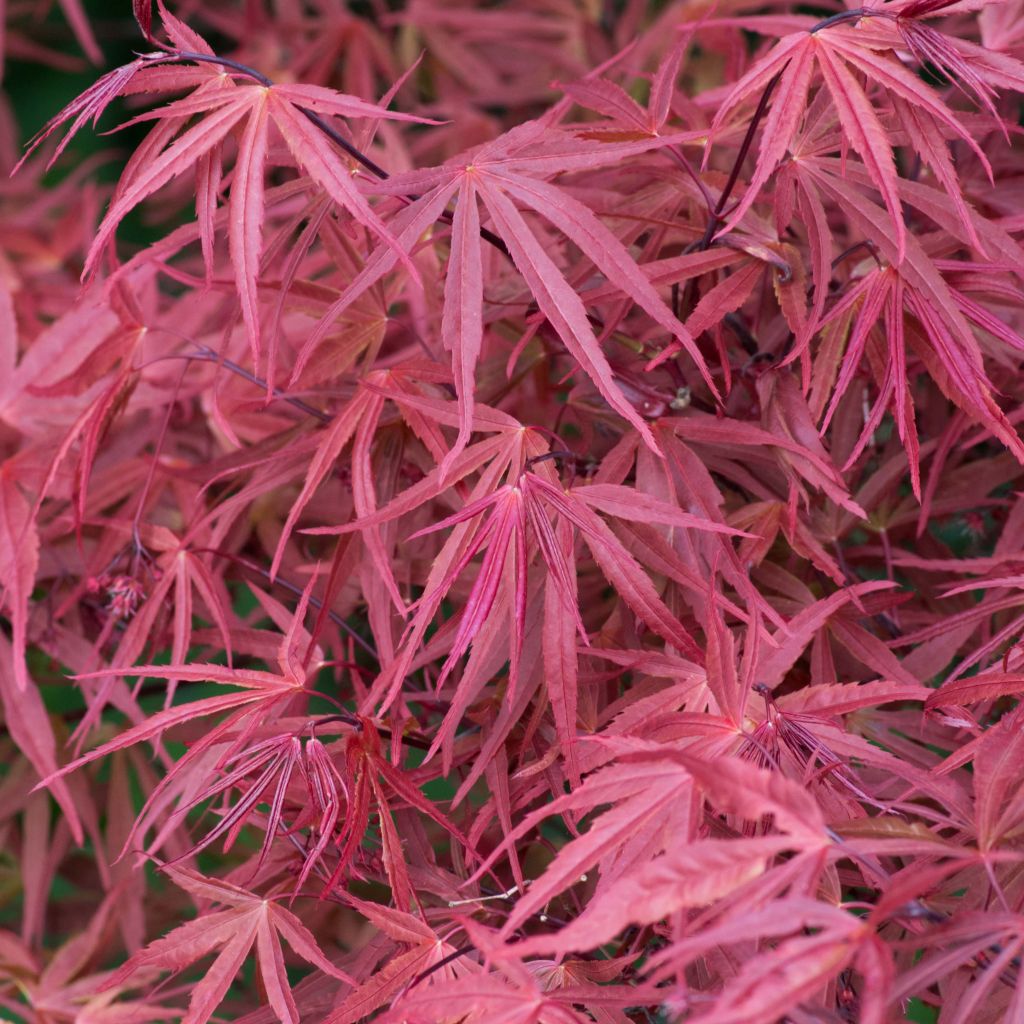

Acer palmatum Red Pygmy - Japanese Maple
Acer palmatum Red Pygmy - Japanese Maple
Acer palmatum Red Pygmy
Japanese Maple, Palmate Maple
Why not try an alternative variety in stock?
View all →This plant carries a 24 months recovery warranty
More information
We guarantee the quality of our plants for a full growing cycle, and will replace at our expense any plant that fails to recover under normal climatic and planting conditions.
From €7.90 for pickup delivery and €6.90 for home delivery
Express home delivery from €8.90.
From €7.90 for pickup delivery and €6.90 for home delivery
Express home delivery from €8.90.

Does this plant fit my garden?
Set up your Plantfit profile →
Description
The Acer palmatum Red Pygmy is a variety of Japanese maple noted for its small size and its beautiful palmate foliage that changes colour throughout the seasons. It emerges as reddish-brown to orange in spring, turning purple-green in summer before flaming orange in autumn. The contrast in summer between the leaf stalks and the tender green fruits and the purple foliage adds to the charm of this very colourful small tree. Place it in a large pot on the terrace or as a centrepiece in a sunny or partially shaded flower bed.
The Japanese maple Red Pygmy belongs, like all maples, to the family Aceraceae. The Acer palmatum var.amoenum, from which it originates, is often considered a variety of Acer palmatum. It is distinguished by deeply cut foliage with linear and rounded lobes. It is native to eastern China, Korea, and Japan. This tall and fast-growing tree can reach a height of 7 m (23 ft) in the wild and is the origin of some very beautiful varieties, such as the cultivar 'Red Pygmy', which is particularly compact and highly coloured.
The Red Pygmy Japanese Maple is a hardy small tree that tolerates small amounts of limestone in the soil and sunny exposures better than most Acer palmatum. Slow-growing, it develops a spreading and rounded habit over time, almost as wide as it is tall. It reaches a mature height of about 2 m (7 ft) with a spread of 1.50 m (11 ft). Its reddish-violet branches bear deciduous leaves, divided into 3 to 5 more or less narrow lobes, sometimes almost thread-like. The colours of the foliage depends on the exposure to the sun: a sunny exposure is necessary, but scorching sun should be avoided. The inconspicuous flowering takes place in May-June, depending on the climate. The flowers are clustered in small clusters and produce fruits with curved wings, called samaras, initially green and becoming more purple at maturity.
The Acer palmatum Red Pygmy naturally fits in small spaces and Japanese-style gardens, of course, but also in zen, exotic or contemporary-inspired gardens. To fully enjoy the spectacle of its transformation, place it near the house or in a stylish container on the terrace. It looks stunning as a centrepiece in a bed of low-growing or ground-cover perennials. Azaleas, pieris, rhododendrons, wild camellias, and heathers will be its most beautiful companions. Combine several varieties of Japanese maples to create contrasts of colours and structures with the foliage, the effect is always dazzling at the end of the season. Purples and reds go wonderfully well with variegated foliage (dogwoods, mock oranges, elaeagnus...), or golden yellow like with the Gleditzia Sunburst.
Acer palmatum Red Pygmy - Japanese Maple in pictures
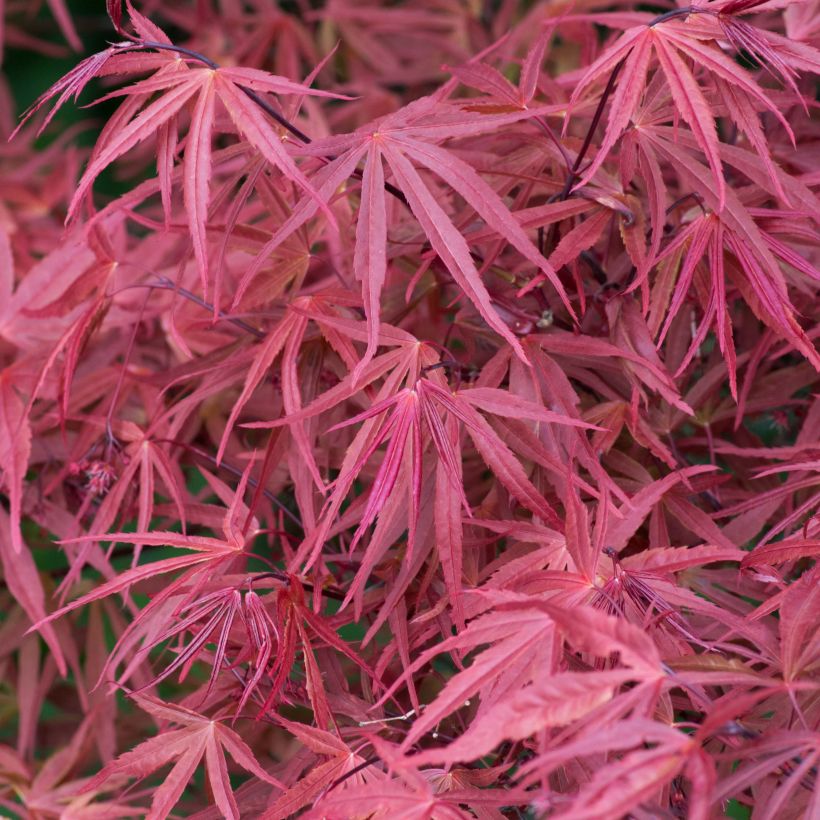

Plant habit
Flowering
Foliage
Botanical data
Acer
palmatum
Red Pygmy
Aceraceae
Japanese Maple, Palmate Maple
(amoenum)
Cultivar or hybrid
Other Japanese Maples
View all →Planting and care
The Acer Red Pigmy is planted in spring or autumn in a preferably light, slightly acidic to neutral soil, deep, flexible and well-drained, in a sunny or semi-shaded position, and sheltered from cold and dry winds. The soil should be kept moist by mulching in summer if necessary, but should not be waterlogged in winter. Apply a large amount of organic matter every 3 years to ensure a good humus content in the soil. Mulch, water, and mist the foliage on hot evenings. Winter pruning is limited to balancing the branches. Treat preventively against scale insects and verticillium wilt, a fungal disease that occurs in heavy and overly moist soil.
Planting period
Intended location
Care
Striking foliage shrubs
Haven't found what you were looking for?
Hardiness is the lowest winter temperature a plant can endure without suffering serious damage or even dying. However, hardiness is affected by location (a sheltered area, such as a patio), protection (winter cover) and soil type (hardiness is improved by well-drained soil).

Photo Sharing Terms & Conditions
In order to encourage gardeners to interact and share their experiences, Promesse de fleurs offers various media enabling content to be uploaded onto its Site - in particular via the ‘Photo sharing’ module.
The User agrees to refrain from:
- Posting any content that is illegal, prejudicial, insulting, racist, inciteful to hatred, revisionist, contrary to public decency, that infringes on privacy or on the privacy rights of third parties, in particular the publicity rights of persons and goods, intellectual property rights, or the right to privacy.
- Submitting content on behalf of a third party;
- Impersonate the identity of a third party and/or publish any personal information about a third party;
In general, the User undertakes to refrain from any unethical behaviour.
All Content (in particular text, comments, files, images, photos, videos, creative works, etc.), which may be subject to property or intellectual property rights, image or other private rights, shall remain the property of the User, subject to the limited rights granted by the terms of the licence granted by Promesse de fleurs as stated below. Users are at liberty to publish or not to publish such Content on the Site, notably via the ‘Photo Sharing’ facility, and accept that this Content shall be made public and freely accessible, notably on the Internet.
Users further acknowledge, undertake to have ,and guarantee that they hold all necessary rights and permissions to publish such material on the Site, in particular with regard to the legislation in force pertaining to any privacy, property, intellectual property, image, or contractual rights, or rights of any other nature. By publishing such Content on the Site, Users acknowledge accepting full liability as publishers of the Content within the meaning of the law, and grant Promesse de fleurs, free of charge, an inclusive, worldwide licence for the said Content for the entire duration of its publication, including all reproduction, representation, up/downloading, displaying, performing, transmission, and storage rights.
Users also grant permission for their name to be linked to the Content and accept that this link may not always be made available.
By engaging in posting material, Users consent to their Content becoming automatically accessible on the Internet, in particular on other sites and/or blogs and/or web pages of the Promesse de fleurs site, including in particular social pages and the Promesse de fleurs catalogue.
Users may secure the removal of entrusted content free of charge by issuing a simple request via our contact form.

































